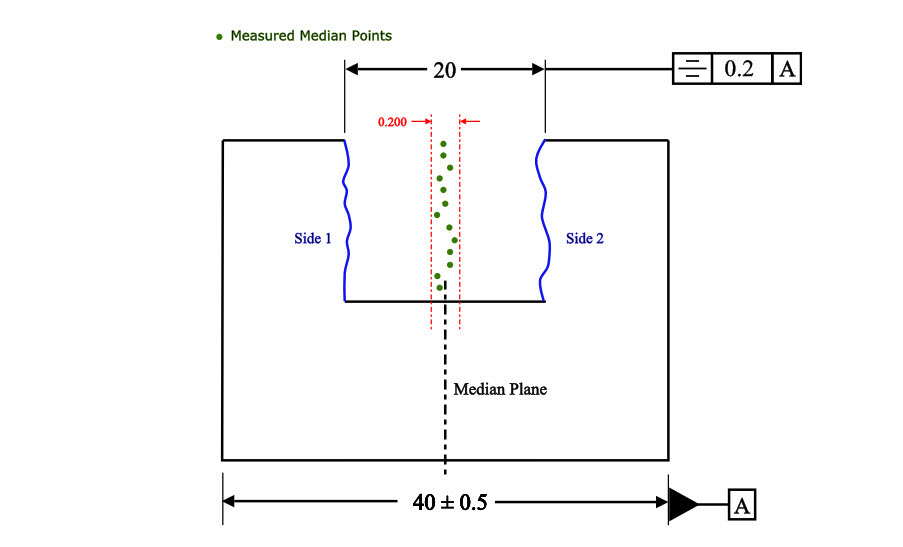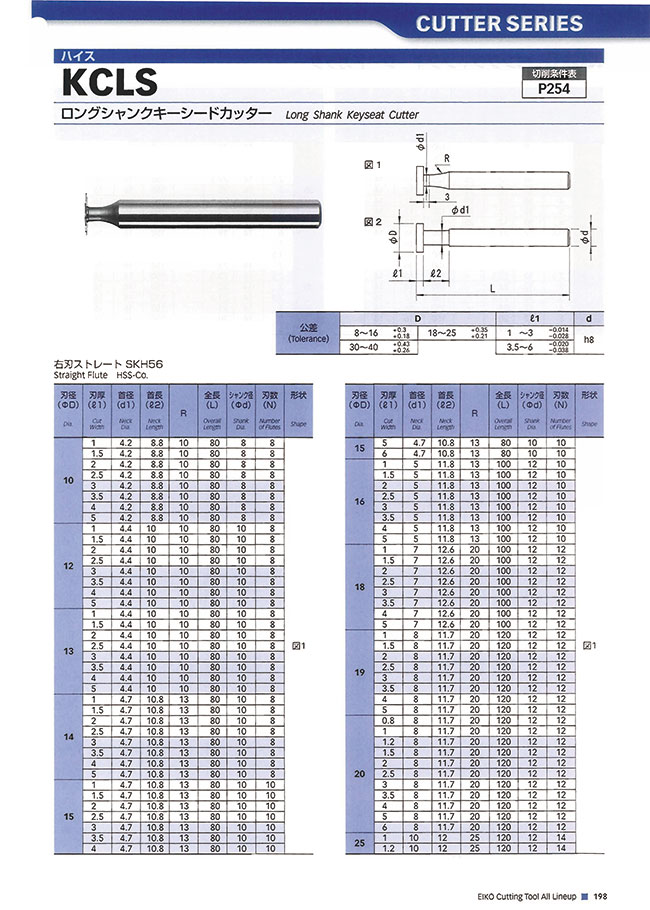Keyway Slot Tolerances
Metric Key Keyway Dimensions. Engineering Hardware Design Data ISO Hardware Specifications Table. Metric Key Keyway Dimensions Per ISO/R773 - Js9 Width Tolerance. Positional tolerances is used to locate features of size from datum planes such as a hole or keyway and used to locate features coaxial to a datum axis. A position tolerance is the total permissible variation in the location of a feature about its exact true position.


In this article we will see the basic difference between slot , holes, groove, and keyways.
1. Hole: circular cutout, either through the material or to a blind depth.
Types of Hole :
They are different types of holes that are mentioned below.
1.Simple Hole
2.Counter board
3.counter sunk
4.Tapered
5.counter drilled.
2. Slot or Slotted Holes: an elongated hole. It is stretched in one direction but still has full radii on the ends. A slot is cut into a flat plate or normal to the axis of a cylinder.
Slot Hole Design Consideration :
Slotted holes are widely used in most sorts of mechanical design. Apply mainly in precisely fine-tuning for uncontrollable dimensions beforehand, alignment accuracy, fixation in certain direction meanwhile keeping slipping free in other directions, and so on. Such as tension device of belt pulley, thermal stress protection for slender bar structural parts or long spindle shafts, alignment accuracy in complex dimension chain, a mechanism for enhancing tolerance, and eliminating accumulated error.
In mechanical design, some principles and factors we should take into account include the shape and travel of the slotted holes, the structural strength affected by the holes, and so on. In actual application, they can be classified into the following types: singleton slotted holes, coupled slotted holes.
Slotted Holes Slotted holes can be dimensioned in several different ways.
a. Center points on the longitudinal axis are located and the radii are indicated with a note.
b. Linear measurements indicate the overall size of the slot and the radii are specified.
c. A note indicates the two linear dimensions of the slot and another note specifies the radii.
Choose the most appropriate technique for sizing the slotted hole. The technique used for sizing the slot determines how the slot is located.
See Also: What is Slotting Machine- Principal parts of Slotter Machine
3. Groove:a groove is a cylindrical slot. Grooves are cut around the OD or ID of a cylinder and do not pass through the axis of the cylinder.
You can simply understand that a slot can be through or blind but a groove is always blind.
In manufacturing or mechanical engineering a groove is a long and narrow indentation built into a material, generally for the purpose of allowing another material or part to move within the groove and be guided by it.
Metric Keyway Slot Tolerances
Examples include:
- A canal cut in a hard material, usually metal. This canal can be round, oval or an arc in order to receive another component such as a boss, a tongue or a gasket. It can also be on the circumference of a dowel, a bolt, an axle or on the outside or inside of a tube or pipe etc. This canal may receive a circlip an o-ring or a gasket.
- A depression on the entire circumference of a cast or machined wheel, a pulley or sheave. This depression may receive a cable, a rope or a belt.
- A longitudinal channel formed in a hot rolled rail profile such as a grooved rail. This groove is for the flange on a train wheel.

Ansi Keyway Tolerance
4. Keyway:
In mechanical engineering, a key is a machine element used to connect a rotating machine element to a shaft. The key prevents relative rotation between the two parts and may enable torque transmission. For a key to function, the shaft and rotating machine element must have a keyway and a keyseat, which is a slot and pocket in which the key fits. The whole system is called a keyed joint.
Keyway Tolerances For Shafts
Read More: Types Of Mechanical Keys- Design Of Keys.